#custer state park
Text
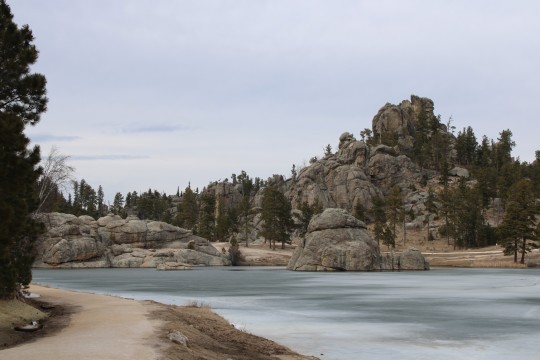

Sylvan lake, Custer State Park, South Dakota.
#sylvan lake#custer state park#south dakota#mine#nature#naturalist#nature photography#photography#ecology#north america#scenery#landscape photography#landscape#lake#geology#state parks
79 notes
·
View notes
Text

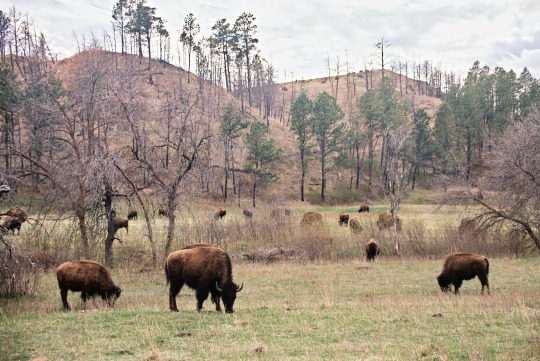
Travel Diary: My journey to The South
a storms coming
Custer State Park, South Dakota
#my journey to the south#south dakota#custer state park#bison#american bison#chevrolet#storm chasing#film photography#35mm#analogue#travel diary#rural america#midwest gothic#american gothic#small town america#americana
75 notes
·
View notes
Text

It's almost tourist tossing season!
21 notes
·
View notes
Text

#country#nature#outdoors#hiking#travel#western#peace#treescape#explore#south dakota#custer state park#badlands#mountains#black hills
17 notes
·
View notes
Text

Bison, Custer State Park
#south dakota#custer#custer sd#custer state park#bison#bisoncore#buffalo#buffalocore#midwest america#rural america#rural living#rural#ruralcore#midwest gothic#rural gothic#black hills
21 notes
·
View notes
Photo
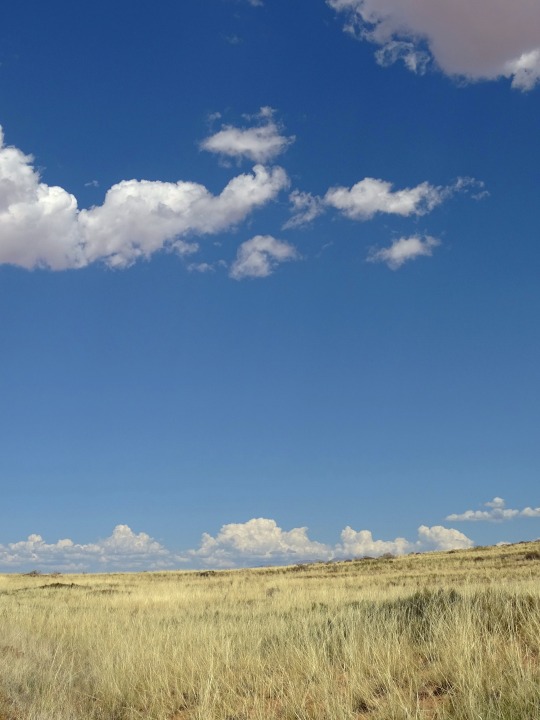
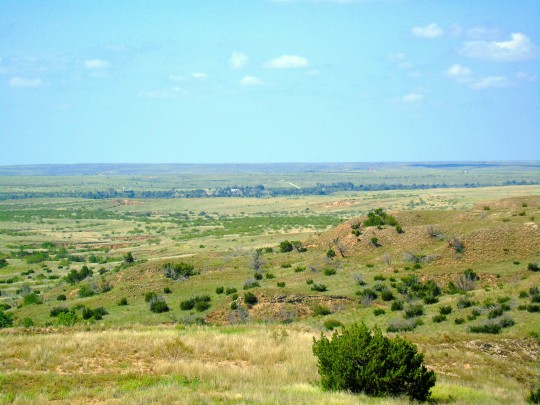
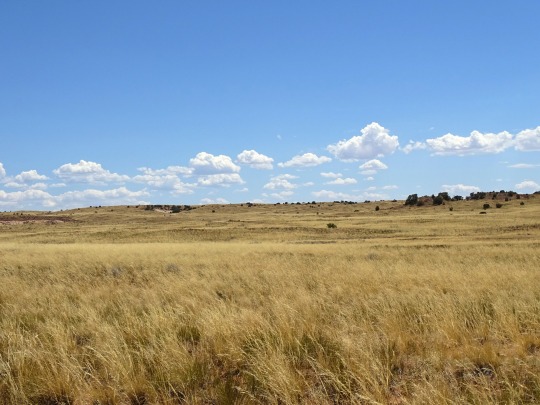

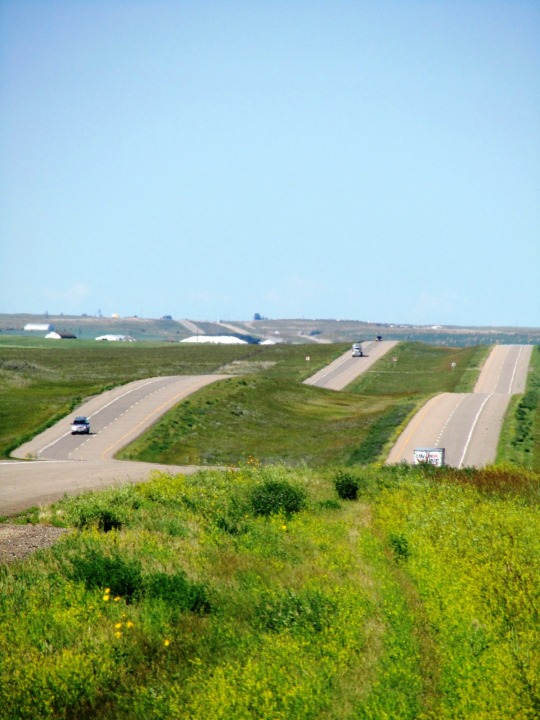
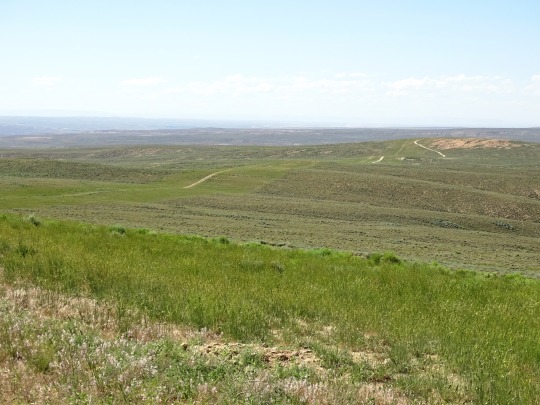
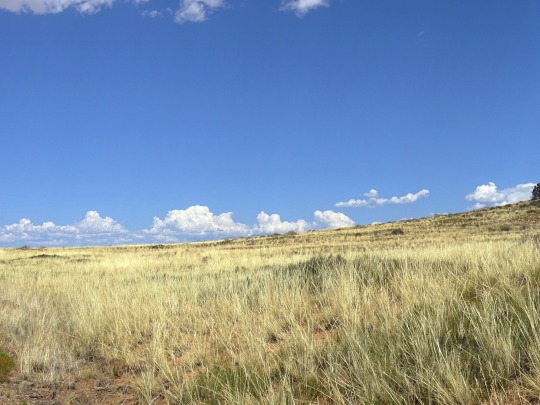

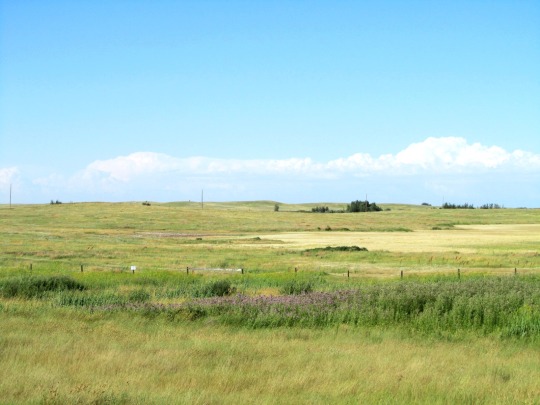
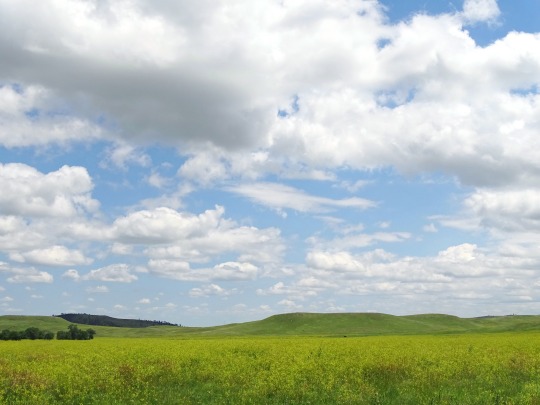
National Prairie Day
National Prairie Day, on June 3 this year, celebrates the beauty and ecological value of this often-overlooked ecosystem. Spanning more than a dozen American states and several Canadian provinces, the North American prairie is a vast grassland that offers more biodiversity and beauty than most people realize. With their endless, gently rolling plains and highly productive soils, prairies have been a valued location for farming and ranching for thousands of years. Today, only 1% of tallgrass prairie in the United States remains untouched by farming or development. National Prairie Day promotes the appreciation and conservation of America’s native prairies.
History of National Prairie Day
The United States is home to a dazzling array of geographies and environments. Some, like the towering redwoods of California or the majestic cascades of Niagara Falls, enjoy worldwide reputations as media darlings and tourist hotspots. Other ecosystems, like the humble prairie that covers much of the interior United States, receive fewer accolades but play crucially important roles in the development of the nation.
Defined as a flat grassland with a temperate climate and derived from the French for ‘meadow,’ ‘prairie’ has become almost synonymous with the expansion of the American frontier. Flanked by the Great Lakes and the grandiose Rocky Mountains, the North American prairie extends across 15% of the continent’s land area. Other examples of similar grasslands around the world include the pampas in Argentina, the Central Asian steppes, and the llanos of Venezuela.
There’s more to the prairie than meets the eye. In fact, tall grass prairies host the most biodiversity in the Midwest and provide a home for dozens of rare species of animals and plants, including bison, antelope, elk, wolves, and bears.
Native prairies face extinction as more and more land is converted to agricultural and ranching use. Due to its rich, fertile soil, prairie land is prized for agricultural use. Around the world, almost three-quarters of agricultural regions are located in grassland areas. With only 1% of tallgrass prairie in the U.S. remaining untouched, the American tallgrass prairie is now one of the most endangered ecosystems on the planet. The Missouri Prairie Foundation launched National Prairie Day in 2016 to raise awareness and appreciation for the nation’s grasslands. The organization seeks to protect and restore native grasslands by promoting responsible stewardship, supporting acquisition initiatives, and providing public education and outreach.
National Prairie Day timeline
6000 B.C. The Prairie Forms
The North American prairie forms roughly 8,000 years ago when receding glaciers give way to fertile sediment.
1800s The American Prairie Decimated
Throughout the 19th century, farmers and ranchers, excited about the rich potential of prairie soil, convert almost all of the American prairie to farmland and grazing land.
Early 1930s The Dust Bowl
The combination of years of mismanagement, the stock market crash, and drought conditions come to a head as thousands of families in Oklahoma, Texas, and other parts of the Midwest lose everything when their farms fail, driving them to California and elsewhere to seek work in more fertile fields.
2016 First National Prairie Day
The Missouri Prairie Foundation launches the National Prairie Day campaign to promote awareness and conservation of the vanishing ecosystem.
National Prairie Day FAQs
Why don't prairies have any trees?
The environment of the prairie, with its flat terrain, regular droughts, and frequent fires, is uniquely suited to grasses that don’t require a lot of rainfall or deep soil to thrive.
Why are prairies important?
The prairie provides an irreplaceable home for hundreds of plant and animal species, as well as exceedingly fertile soil for human agriculture and ranching. Prairie destruction has had catastrophic effects, like the Dust Bowl that decimated American farms in the 1930s. Prairies also contribute to the conservation of groundwater.
Why did the Dust Bowl happen?
The Dust Bowl disaster that swept the U.S. and Canada in the 1930s had several natural and man-made causes, including severe drought and a failure to properly manage farmland and conserve precious topsoil. A series of intense dust storms wiped out agriculture, eroded the soil, and left the land unable to produce crops.
National Prairie Day Activities
Learn about the prairie
Donate to a conservation group
Plan a visit to a famous prairie
Do a little research to learn about this important American ecosystem and the role it has played in the cultural and economic development of our country.
If you're concerned about the loss of the American prairie, donate to a grasslands conservation group to support their work.
Do you live near a prairie? Try finding the grassland nearest you and plan a visit.
5 Interesting Facts About Prairies
‘Prairie schooners’
Dogtown
Where the buffalo roam
Carbon hero
Rising from the ashes
During the 1800s, when Americans embarked on the long journey westward, their covered wagons were often referred to as ‘prairie schooners.’
Prairie dogs live in vast networks of underground burrows called ‘towns,’ which can cover hundreds of acres and house thousands of prairie dogs with complex social relationships.
When Europeans first arrived in North America, up to 60 million bison roamed the plains — by 1885, there were fewer than 600.
Prairies can help fight climate change — one acre of intact prairie can absorb about one ton of carbon each year.
On the prairie, wildfires can actually be a healthy thing — with more than 75% of their biomass underground, prairie plants are uniquely suited to surviving and thriving after a fire.
Why We Love National Prairie Day
The prairie often gets overlooked
Native grasslands are critically endangered
It reminds us of the diversity of America's ecosystems
It's not often we remember to celebrate grasslands, yet the prairie plays an important role in America's cultural past and environmental future.
With only 1% of America's native prairie remaining, it's more urgent than ever to conserve and protect this vital resource.
The United States has more environmental variety than almost any other country on earth. Celebrating each unique ecosystem reminds us to appreciate and protect all the beauty our country has to offer.
Source
#Colorado#South Dakota#Wyoming#Alberta#Saskatchewan#nature#flora#WickBeumee Wildlife Habitat Management Area#Custer State Park#Rock Springs#Pilot Butte Wild Horse Scenic Loop#Trans-Canada Highway#Texas#landscape#countryside#summer 2022#2019#original photography#wildflower#meadow#first Saturday in June#3 June 2023#National Prairie Day#NationalPrairieDay
60 notes
·
View notes
Text
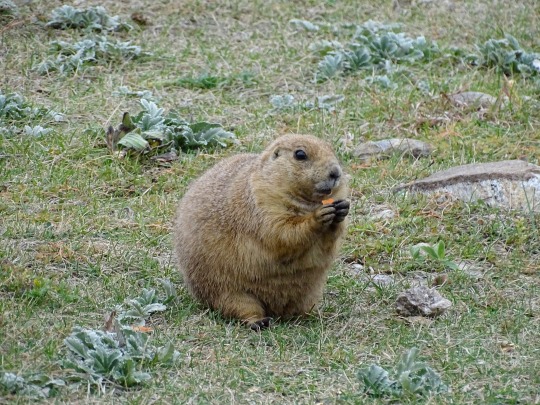
Little chonk. Custer State Park, South Dakota.
Explore:
#prairie dog#chonk#chunky#wildlife#wildlife photography#custer state park#travel#landscape#nature#nature photography#explore#wanderlust#original photography#photography#photographers on tumblr#lensblr#wanderingjana
32 notes
·
View notes
Text

Grazing
15 notes
·
View notes
Video
Escaping the Panic by David & Shiela Glatz
Via Flickr:
It was a peaceful, idyllic scene - a soft drizzle of rain, several Bison (Bison bison) mothers with newborn calves. The moms were feeding while the "red dogs" ran after each other and nursed. Then . . . all of a sudden, one of the mothers started running around like she was crazy. It stunned her calf, and the other moms freaked out when she approached their calves. Our best guess is that a snake (there are rattlers all over the place here) spooked the female. Here a mom and her calf "hoof" it out of the area, to a safe spot on a nearby hill.
#Canon R5 C#Glatz Nature Photography#Nature#Nature Photography#North America#South Dakota#United States#United States of America#Wild Animal#Wildlife#Bison#Buffalo#Bison bison#Black Hills#Custer State Park#flickr
27 notes
·
View notes
Text
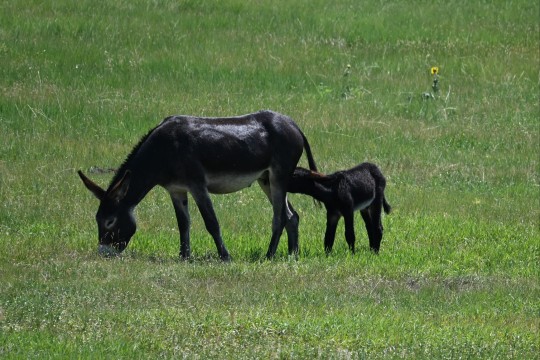

Mama and her big eared child - July 2023
#photo#photos#photography#nikon#nikon photography#digital#digital photography#donky#donkies#nature#nature photography#animal#animals#custer state park#south dakota#plains#grass#summer#photographers on tumblr
11 notes
·
View notes
Photo
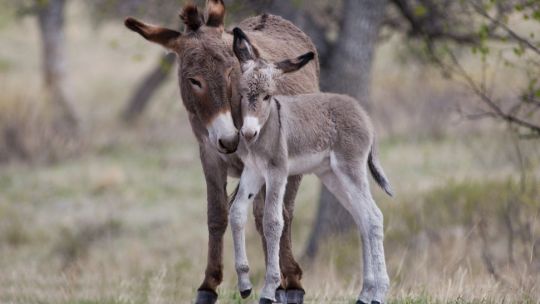
Wild burros roam Custer State Park in South Dakota
(Image credit: Layne Kennedy/Getty Images)
#layne kennedy#photographer#getty images#wild burros#burro#custer state park#south dakota#animal#mammal#wildlife#nature
57 notes
·
View notes
Text





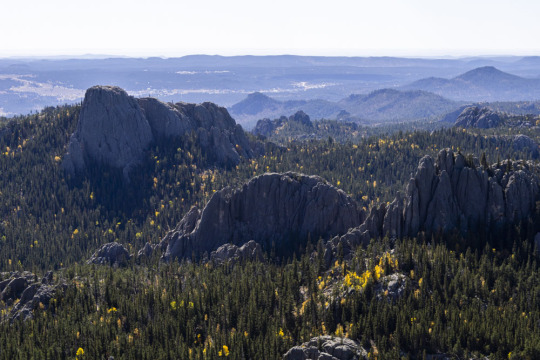
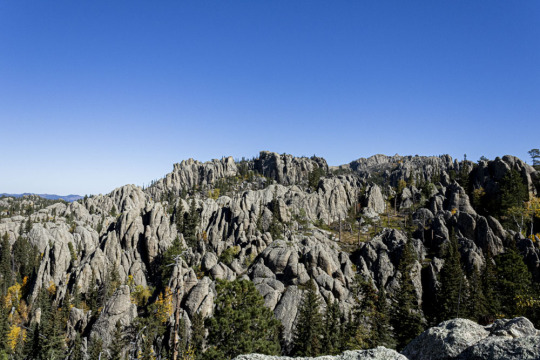

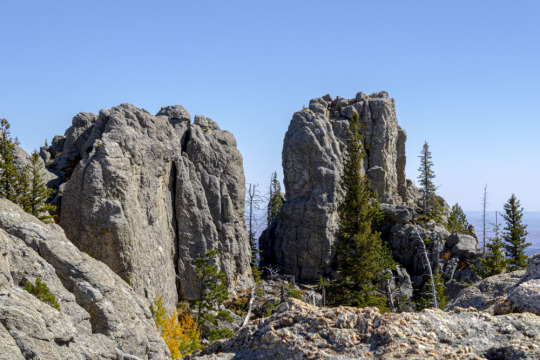
Nicholas Black Elk: Medicine Man, Missionary, Mystic
Author: Michael F. Steltenkamp
Book: 1/1
Genre: biography
Summary: Nicholas Black Elk: Medicine Man, Missionary, Mystic, tells the full interpretive story of Black Elk. Steltenkamp shows that Black Elk was not the native traditionalist others have depicted him to be, but rather a religious thinker with a positive outlook that merged Lakota ideas with Christianity. This text tells of Black Elk’s travels, visions, experience in the Battle of Little Big Horn, and the way he led his people along the path of God.
Review: I immediately pulled this book off the shelf when I saw it’s title. Quick fun fact: I attend school in the Black Hills area of South Dakota and I have personally hiked Black Elk Trail in Custer State Park. It is absolutely gorgeous. Since I have been in some of places that Black Elk has walked, I was eager to learn about his story. Steltenkamp’s telling of Black Elk’s story provided in-depth details, as well as parts of his story that many authors did not want to tell. Previous biographies about Black Elk only tell of his pre-Christian life while practicing Lakota traditions. However, Black Elk wanted his story as a missionary and his family’s involvement in their church to be told. Steltenkamp gives the reader the background of other authors’ stories and this lack of truly understanding Black Elk as a Christian. Steltenkamp fully immerses the reader into Black Elk’s life as a medicine man, heyoka, missionary, and an important figure in the church. This book contains lots of information, some parts more entertaining than others; I would recommend this book to anyone who loves history, non-fiction, and learning about other cultural experiences.
I included photos I took at Black Elk Peak, enjoy the view!
Rating: 5/5 stars ⭐️⭐️⭐️⭐️⭐️
Keep reading⛰
#nicholas black elk#black elk#Michael f Steltenkamp#Steltenkamp#black elk trail#black elk peak#custer state park#south dakota#black hills#native people#native culture#indigenous#native american#lakota#pine ridge reservation#oglala lakota#keep reading#bookguide#currently reading#new books#aesthetic#quotes#bibliophile#booklr#quoteoftheday#quotation#book blog#book summary#book review#bookish
10 notes
·
View notes
Text
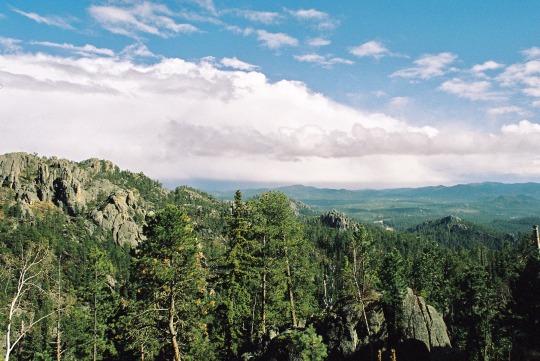
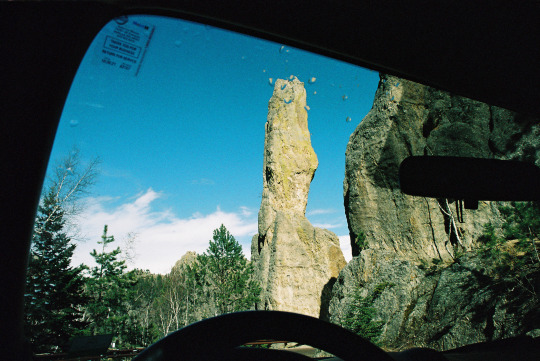
Travel Diary: My journey to The South
Needles Highway
Custer State Park, South Dakota
#South Dakota#35mm#analogue#film photography#my journey to the south#photographers on tumblr#original photography#Needles Highway#Custer State Park#naturecore#nature photography#road trip#hiking#mountains#landscape photography#woods
176 notes
·
View notes
Text
youtube
2023 Custer State Park Buffalo Roundup (Live Stream) | SDPB
The roundup was today! I’ve been there in person more than once, but it’s just too dang crowded now. I still love to watch it, though!
I daydream of riding in it, but I don’t think I’d have the guts!
#american bison#custer state park#south dakota#one of our most famous events#much better than the rally#Youtube
3 notes
·
View notes
Text
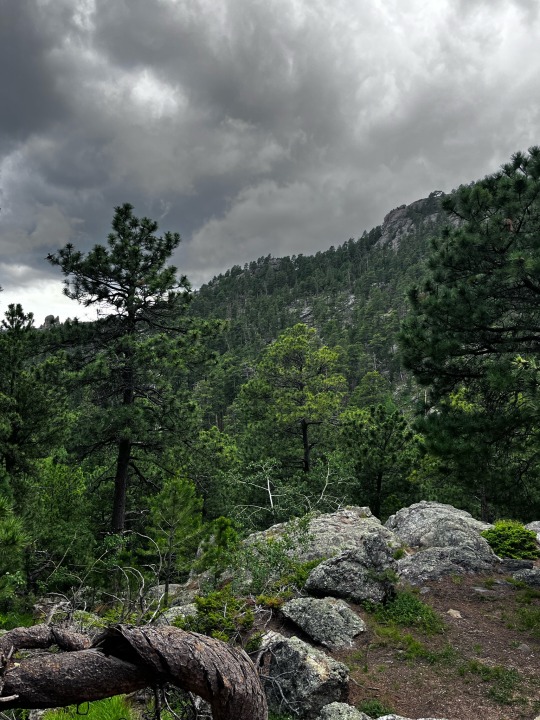


7 notes
·
View notes
Photo
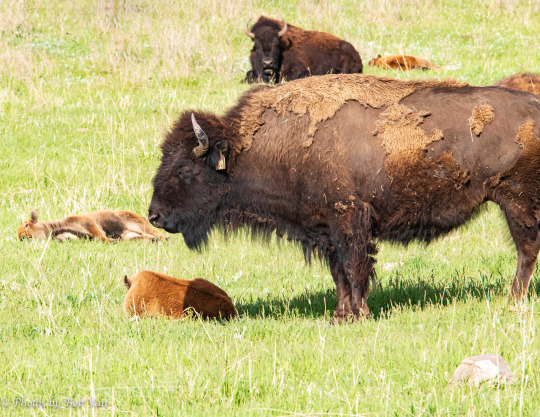
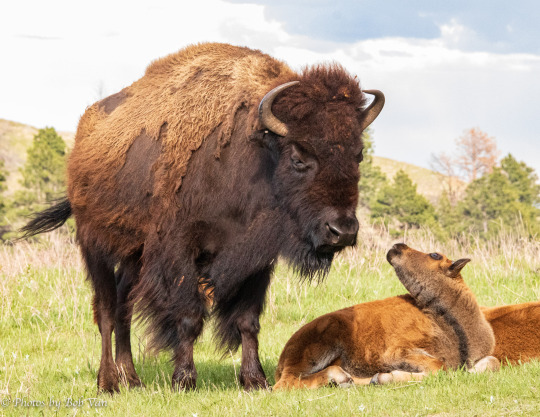
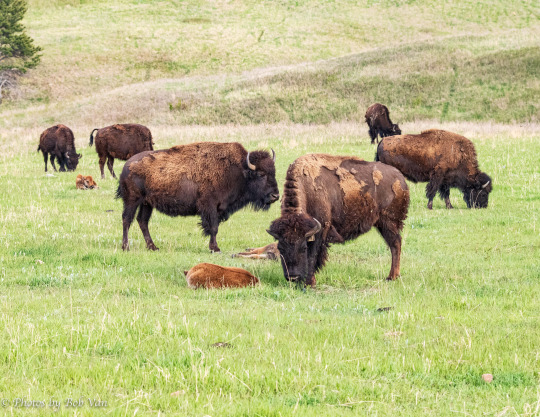


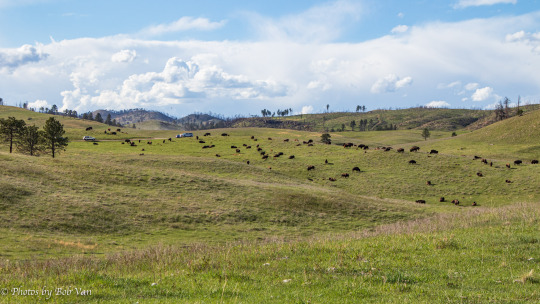
Buffalo Custer State Park 2022 05 22
4 notes
·
View notes